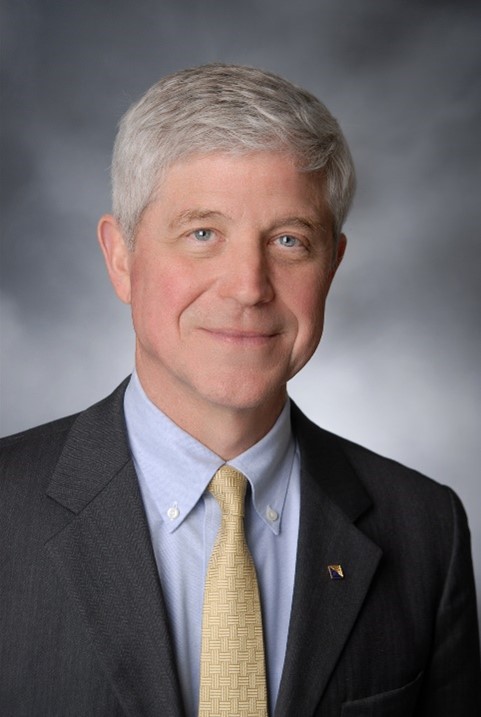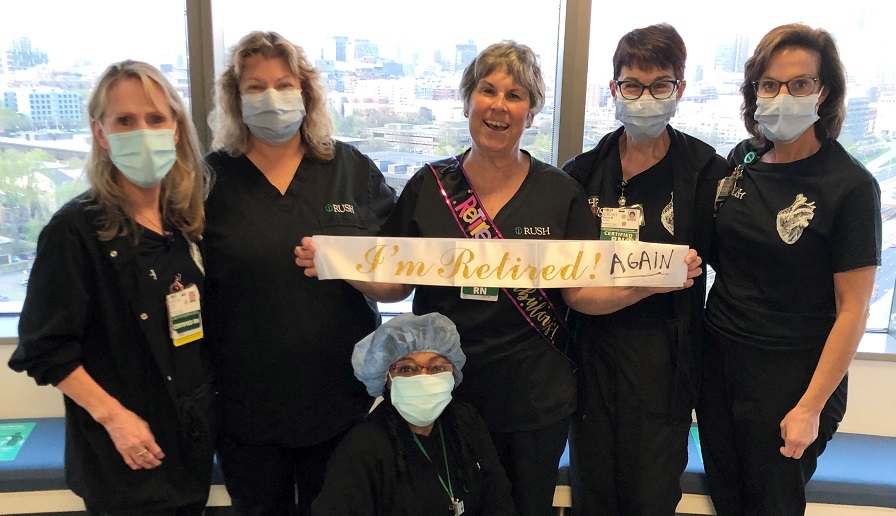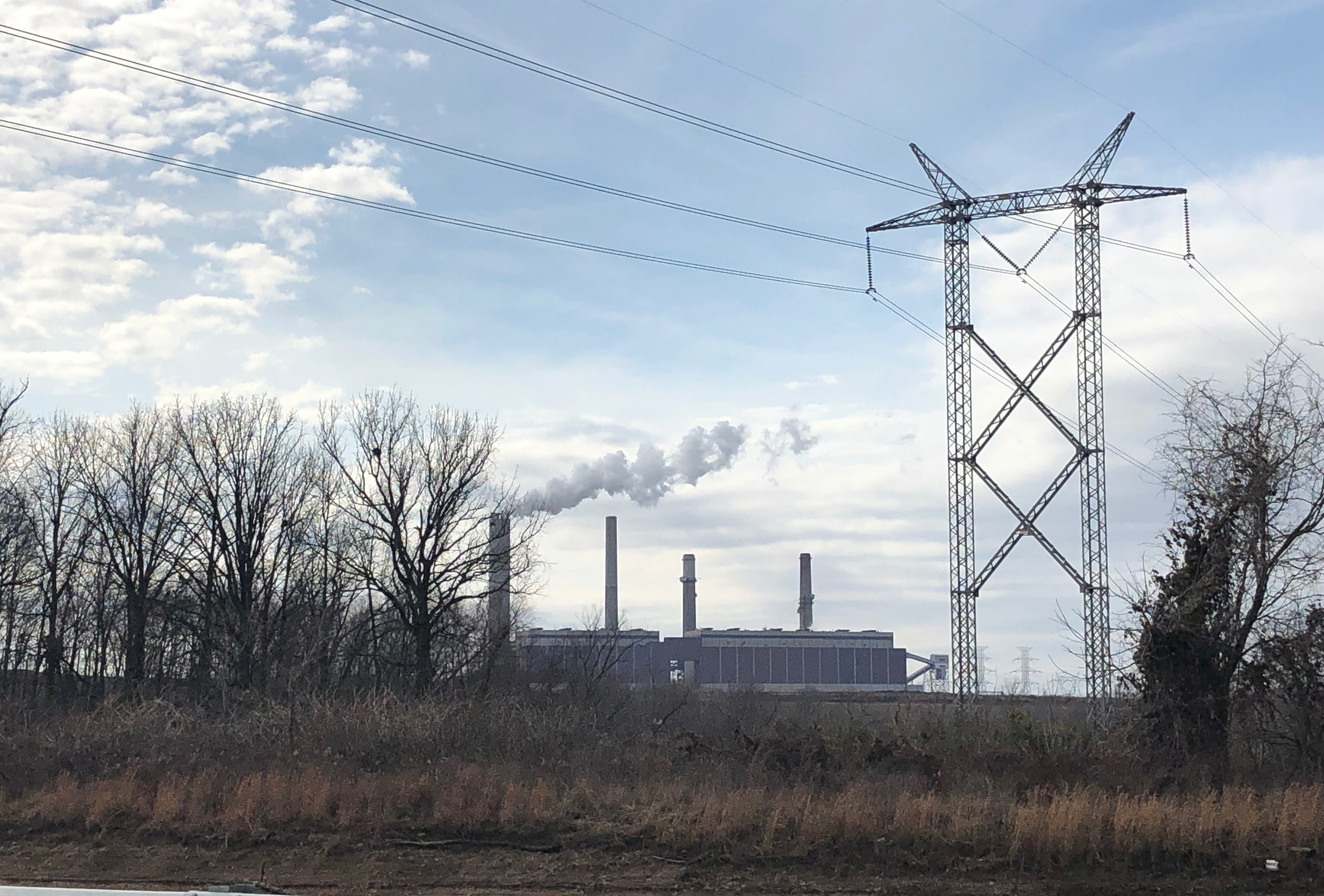April is recognized as National Financial Literacy Month, and CSUDH Professor of Finance Prakash Dheeriya is available to comment on how young adults can become more financially savvy and set realistic goals for themselves. Dheeriya’s expertise is in personal finance…
Tag: Retirement
Earlier retirement for people with chronic musculoskeletal pain
Frequent musculoskeletal pain is linked with an increased risk of exiting work and retiring earlier, according to a new study from the University of Portsmouth.
The chair of finance at the University of Nevada, Las Vegas, offers his top five moneybags of wisdom for finding financial freedom
When faced with a lucrative financial offer for more wealth than he could fathom – a wise man on a Millennium Falcon once said, “I can imagine quite a bit.” But there’s no need to imagine anything, and no waiting for the opportune moment. The big score, so to speak, is only as evasive as we allow it to be. “That may seem impossible, but it is entirely achievable,” said Daniel Chi, UNLV’s chair of the Department of Finance in the Lee Business School.
URI business professor, colleagues look at mortality and leadership succession in family business
By 2030, more than 30% of family businesses in the U.S. will lose their aging leaders to retirement, or death. Many of those leaders don’t have a strategy for letting go of their business, turning it over to a successor, or selling it. While it is rare for an incumbent leader to die while in office, it is difficult for them to face their mortality.
‘Queue jumpers’ who opt to retire early are catching companies off guard
A new Australian study has identified a shift in retirement intentions among many healthy older adults who are ‘jumping ship’ from the workforce earlier than expected.
Five personal finance concepts everyone should master
Experts from the University of Delaware’s Center for Economic Education and Entrepreneurship suggest five financial skills everyone needs to learn about and use. The experts said teaching these skills can help build responsible, financially secure citizens.
Cornell expert: GOP’s fight against ‘woke’ investing is a day late and a dollar short
A Republican-led bill aimed at preventing pension fund managers from considering environmental, social and corporate governance (ESG) issues for investments cleared Congress, likely setting up the first veto of Joe Biden’s presidency. John Tobin is professor of practice at Cornell’s…
So, when’s the best time to claim Social Security?
A new Cornell University study analyzes the effects of personal preference when determining when to begin drawing from Social Security as well as the interventions aimed at helping people make reasoned decisions when claiming.
Older Australians need more financial support amid pandemic
Financial experts are encouraging pre-retirees to sharpen their financial skills as a new report from the University of South Australia shows that 31 per cent of older Australians (aged 55+ years) feel insecure about their financial futures, particularly amid the current pandemic.

American Chemical Society CEO announces his retirement
The American Chemical Society today announced that Thomas Connelly, Jr., Ph.D., will retire from his position as ACS chief executive officer at the end of the year after more than seven years of serving in this role.

Retired Nurse Returns to the Front Lines
During the COVID-19 pandemic, Martha Kuhr, RN, came out of retirement to care for some of Rush University Medical Center’s most severe COVID-19 patients in the CVICU.

Shuttering Fossil Fuel Power Plants May Cost Less Than Expected
Decarbonizing U.S. electricity production will require both construction of renewable energy sources and retirement of power plants now operated by fossil fuels. A generator-level model described in the December 4 issue of the journal Science suggests that most fossil fuel power plants could complete normal lifespans and still close by 2035 because so many facilities are nearing the end of their operational lives.
“Counterattack” on Mild Cognitive Impairment launched, announces Dr. Leslie Norins, CEO of MCI911.com
Patients with mild cognitive impairment can aggressively utilize currently available substances and practices to try and delay their brain degeneration
McCombs Wealth Management Center launches with support from Charles Schwab Foundation
Cross-disciplinary program in the McCombs School of Business will prepare students for wealth management careers and conduct academic and applied research to advance the industry
Retirement Modifies Daily Physical Activity
Retirement changes daily routines. Time previously used for work and commuting is replaced by leisure time. In this study, more than 500 employees from Finland wore motion sensors before and after retirement. The results show that women’s physical activity decreased,…

Paid Sick Leave and Flextime Benefits Result in Significantly More Retirement Savings
Researchers found that workers with flexible work time enjoyed a 24.8 percent increase in retirement savings compared to those without the benefit; workers with paid sick leave had retirement savings 29.6 percent higher than those workers who lacked paid sick leave benefits; and workers with six to 10 paid sick leave days and workers with more than 10 paid sick leave days annually had a statistically and significantly higher amount in their retirement savings (30.1 percent and 40.7 percent, respectively).